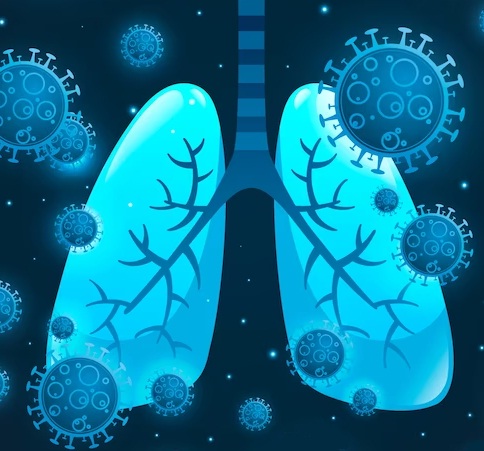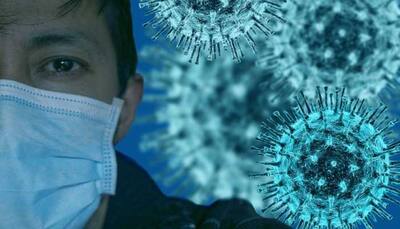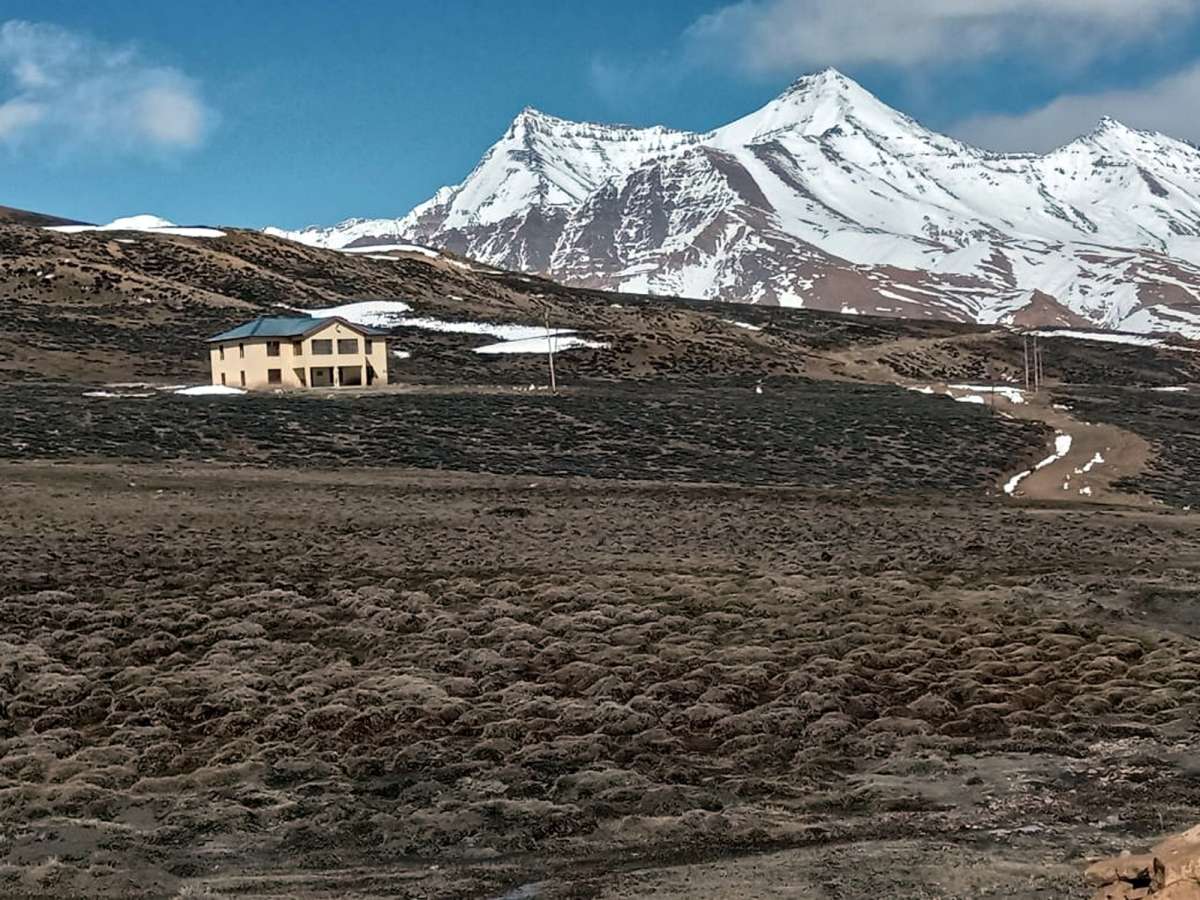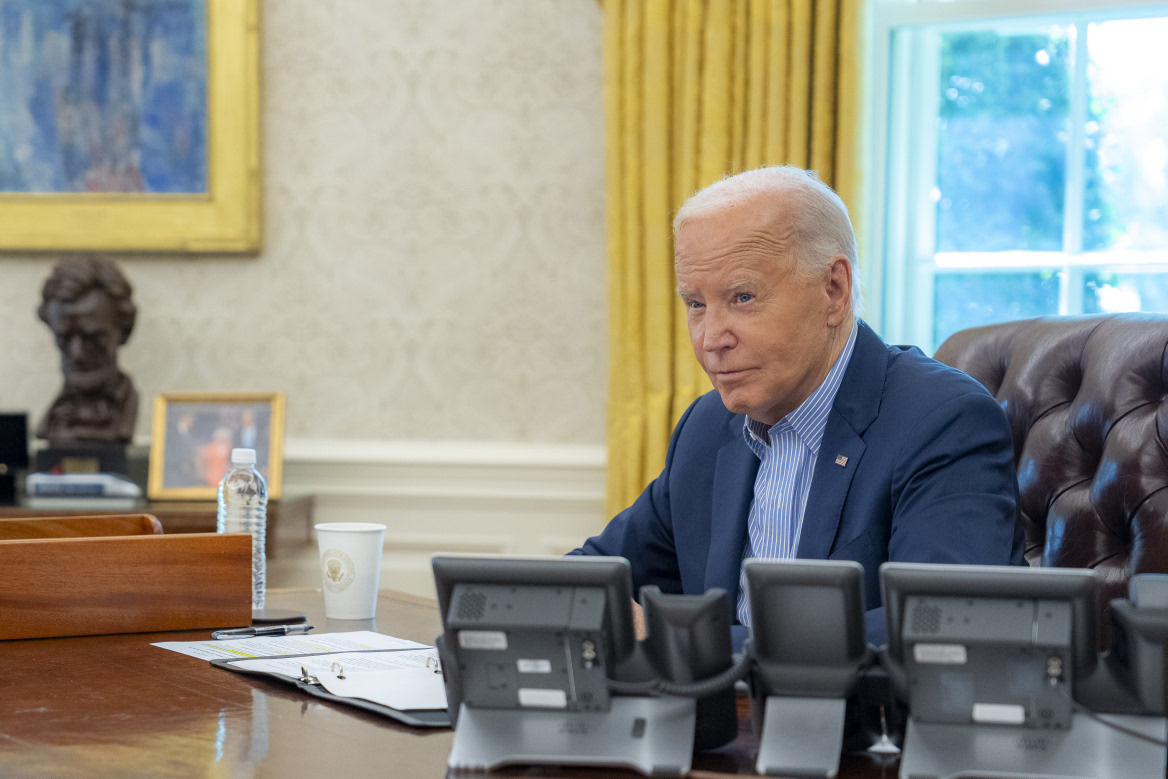Prime Minister Narendra Modi on Monday virtually interacted with healthcare workers and beneficiaries of the state’s vaccination programme…Vishal Gulati.
With authorities now gearing up to complete the coronavirus vaccination of all above 18 by November 30, tough Himalayan terrain and inclement weather conditions in Himachal Pradesh didn’t deter healthcare workers and local authorities to become country’s first state of giving the first dose of vaccine to all eligible people.
Even authorities had to face an uphill task in the naturally secluded Malana village, known for Malana cream, the most sought-after forms of hashish across the globe in the far end of Parvati Valley in Kullu district, where locals had not been allowing the ‘outsiders’ to enter their area since the beginning of the pandemic in 2020.
Elsewhere, Tribals, mainly Buddhists, settled in the Spiti Valley spread over the Himalayan peaks, have set an example for others in the country by demonstrating that vaccination is the only route out of this pandemic.
Prime Minister Narendra Modi on Monday virtually interacted with healthcare workers and beneficiaries of the state’s vaccination programme.
He complemented the state under the leadership of Chief Minister Jairam Thakur for setting a benchmark in the fight against Covid-19 by giving the first dose of vaccine to all eligible people.
Interacting with Prime Minister Modi, Dr. Rahul, who is posted in the Shimla district’s remotest Civil Hospital in Dodra Kwar, said the area comprising small, scattered villages, remains cut off owing to heavy snow accumulation for five-six months in a year.
“The communication network in the entire Dodra Kwar area was a major challenge, resulting in much delay in registering the beneficiaries on the Co-WIN app. An advance team of accredited social health activists (ASHA) and Anganwadi workers were sent to rope in the locals for the next day’s vaccination. This helps minimising vaccine wastage,” he said.
Health staff had to traverse at least eight to 10 hours on foot from the nearest road heads to the remotest hamlet for the vaccination programme. Sometimes they had to register the beneficiaries on the Co-WIN app the next day of the vaccine.
Modi said 10 per cent of the expenditure can be saved if all 11 shots in a single vial are used while administering vaccines.
Belonging to the Rann of Kutch, the salt marsh located in the Thar desert in Gujarat, Dr. Rahul apprised Modi about the challenges he faced with his posting in one of the remotest places in the country.

Interestingly, the locals in the landlocked Dodra Kwar have never used pesticides and fertilisers for growing crops. They are largely shepherds and keep on migrating for pasture of livestock.
ASHA worker Nirmal Devi apprised the Prime Minister about the challenges they faced in convincing the people of Malana, where the banned cannabis is the source of prime livelihood.
Officials said that till May not even a single Covid-19 case was reported from Malana. Also, not a single person in the village was inoculated.
Also the health workers were barred from entering the village as the locals consider outsiders untouchable.
Nirmal Devi said with the permission from the local deity, Lord Jamlu, they were allowed to meet the locals and to convince them to go for inoculation.
Malana village, surrounded by snow-capped mountains, is located 45 km from Kullu town. Its nearest road is seven km down the hill that was constructed in 2007.

Before the road, the village, nestled at 2,700 meters (8,859 feet), is accessible only through three passes — Jari, Rashol and Chandrakhani — which can be traversed only on foot with at least three overnight stays through breathtaking snow-capped mountains, lush forests and the rugged landscapes.
During the vaccination drive, the health workers had to trudge at least six hours to reach Malana.
A senior doctor, requesting anonymity, told that since the locals don’t interact freely with outsiders, even with the inhabitants living in the nearby areas, it was somehow difficult to access the exact situation there regarding the viral epidemiology.
Modi in his address talked about the Malana inhabitants, who proclaim themselves as descendants of Alexander the Great, and have their own democratic ‘government’.

Modi also praised nurse Karmo Devi, who has to her credit of inoculating 22,500 people despite suffering a fracture in her leg while on duty. She was advised four-week rest but after eight days of rest she joined the duty and worked even on government holidays.
Nawang Upashak, a resident of remote Buddhist-dominated Lahaul-Spiti district, said local spiritual leaders played an important role in convincing the people to go for vaccines.
“His Holiness the Dalai Lama’s videos of getting a jab of vaccine played an important role in motivating his followers in Lahaul-Spiti to go for inoculation to save their lives from the virus,” he said.
Upashak told Modi that the last year’s inaugurated Atal Tunnel had given a boost to the tourism sector in the tribal district with 700-800 residents having sought an approval to open homestays.
In his address, Modi said Himachal Pradesh has become a champion by being the first state to administer the first dose of vaccine to all eligible people despite logistic difficulties.
“It became the first state to vaccinate 100 per cent of its eligible population with the first dose and one-third of the population with the second dose.”
Amid the pandemic, he said, Himachal Pradesh has become one of the favourite destinations among youngsters to continue work in ‘work from home’ mode.
After Himachal Pradesh, Sikkim and Dadra and Nagar Haveli have vaccinated 100 per cent of their population with the first dose of the vaccines. “More states are about to fully vaccinate their population with the first dose.”
Union Minister Anurag Thakur, BJP national President J.P. Nadda and Chief Minister Jairam Thakur were present during Modi’s interaction with healthcare workers and vaccination beneficiaries via video conferencing.
The state has set a target of inoculating the first dose of vaccine to 53.77 lakh people but vaccinated 55.06 lakh. So far, 72 lakh people have got both the doses of the vaccine.
Officials said health workers were provided with a state-run helicopter to reach the remotest hamlet Bara Bhangal in Kangra district for the vaccination programme.
Otherwise, the journey on foot for Bara Bhangal, part of the Dhauladhar Wildlife Sanctuary that remains cut off from the rest of the world for over six months due to heavy snow, is 65 km from the last village that is connected by road.
Bara Bhangal has a population of around 400. During winters, most of them migrate to Bir village in Baijnath tehsil, near Palampur town, some 250 km from state capital Shimla.
Over 100 people of Bara Bhangal were inoculated.
Elsewhere, the entire elderly population — those above 60-years-old — in 13 panchayats of Kaza subdivision, a cold desert adjoining Tibet where there is shortage of health infrastructure, is now fully vaccinated. Those above 45-years-old have been provided the first vaccine dose.
The world’s highest post office, Hikkam, located 15,000 feet above sea level and its nearby villages of Komik and Langche were among the worst hit in the first wave of the pandemic last year.
ALSO READ-Himachal lights up rocky villages with solar power
READ MORE-Himachal advocates cultivation of medicinal plants











